7 Elements of Interior Design: Learning the Basics!
Most of us are familiar with interior design and architecture. However, do we actually know about the secret elements that actually make a design work? How do these architects and interior designers make every given space so effortlessly beautiful? What are the 7 elements of Interior Design? If not, then you are definitely at the right spot!
Interior design is a combined result of creativity and mindfulness. However, you might be surprised to know that there is a lot of science involved in designing every little space. While designing a space, professions always consider the 7 elements of interior design to create spaces that make everybody go wow!
If you are willing to design your own space for a great impact or you are an interior design aspirant then you must consider these interior design elements for creating aesthetically mesmerizing interiors.
What are the 7 Elements of Interior Design?
1. Space:
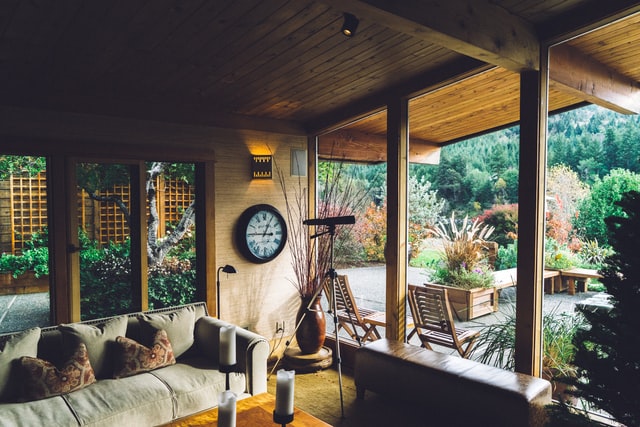
Every space is three-dimensional, which allows us endless opportunities to experiment along the length, breadth, and height. We can either make full use of spaces or leave them empty, depending upon the kind of space we are aiming for. For instance, if we are trying to achieve minimalistic interiors then there would be very less furniture and more void spaces. Whereas, in the eclectic style, it is entirely the opposite. Space can be further divided into 2 categories:
- Positive space: Spaces that are occupied, either by furniture or any other commodity are called positive spaces.
- Negative space: Spaces between any two objects or unutilized spaces are known as negative spaces.
Imagine walking into a room where most of the furniture is arranged on the right side of the room, whereas, the left side is kept entirely empty. Now imagine a room where every piece of furniture is placed at a defined position throughout, creating a perfect balance between positive and negative spaces …satisfying right! Besides arranging a space, other factors such as the scale and size of objects in a room can create a vast difference.
2. Lines:
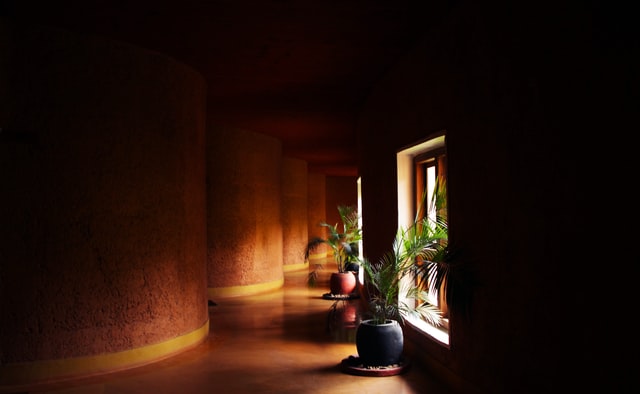
One of the most important aspects amongst the 7 elements of Interior Design, Lines can enhance different dimensions. Using these lines correctly can make your space stand out. Professions use furnishings and various elements of design to bring out balance, unity, and harmony in a space. Lines are often divided into three categories:
- Horizontal lines: These lines are mostly created using longer objects such as sofas, dining tables, consoles, etc. When used rightly, these lines can make a small space look bigger and induce a sense of stability and formality without actually altering the walls.
- Vertical lines: Vertical lines are mostly highlighted in features such as windows, doorways, curtains, and paneling. Highlighting vertical lines often creates an illusion of the room being taller.
- Dynamic lines: Lines that are mostly curved or zigzag are referred to as dynamic lines. These lines are mostly seen in corridors and stairways. Curved lines provide a smooth transition from one space to another while zigzag lines provide a sense of energy to space.
3. Form:

The form is basically the shape of any building, room, or object, within a space. Forms can be either geometric or organic. These forms define the entire look of any space or object. Geometric forms can be man-made and are rigid with lines and edges. Whereas, organic forms are natural, pleasing, and promote movement in space. After deciding upon a certain form we need to look out for the scale and proportions of objects placed within it. Doing this can help harmonize the form and create a balanced environment inside it.
4. Light:
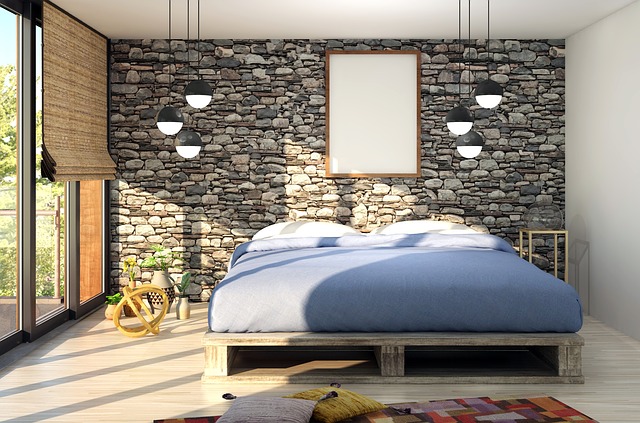
One of the most important basic elements in interior design as well as architecture is lighting. Whether it be natural or artificial lighting, if implemented properly, it can help all the other elements stand out. Lighting can be different for every space. For instance, residential spaces require both natural as well as artificial lighting in a balanced amount. Whereas, in retail spaces, we might not require as much natural light. Lighting can define, emphasize, and create an entirely different ambiance as per the required mood. Do not hesitate to play around and experiment with interior lighting to dazzle up your space.
5. Colour:
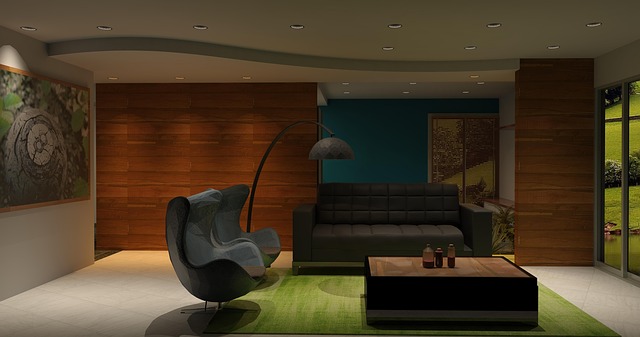
Color is one of the most essential elements, out of the 7 elements of Interior Design, that helps professionals like us to create strikingly beautiful spaces. Colour is an element that can psychologically stir the user’s mood and emotions. For instance, light pastel colors can induce calmness while dark colors can create a powerful bold effect on your mind. Colors too can be different for every space. Colors can also create an illusion of altering the size of spaces. Lighter colours make a space look more open whereas darker colours make a space seem a little congested. There are endless color combinations that we can use to create stunning spaces.
6. Texture:
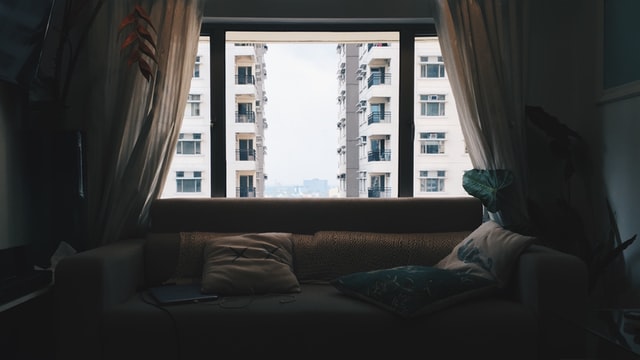
This element of Interior Design has the ability to stimulate the sense of touch in any space. Texture can add depth and dimension to surfaces in different forms such as accessories, fabric, furniture, walls, cushions, etc. Just like colors, there are tonnes of options for us to experiment with, in textures. A professional interior designer or architect will definitely consider textures carefully as they would definitely add emphasis and contrast to space.
7. Pattern:
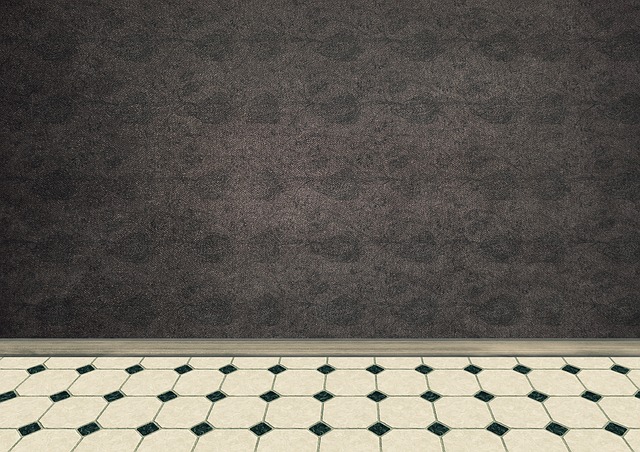
Just like textures, patterns offer a wide variety as well. When considering patterns, it is best to first consider the style that we are trying to achieve. Every pattern has a different vibe to it, which can alter the feel of the room. Instead of choosing all solids, professionals go for different patterns while combining them with solids. You can choose patterns to add a focal point of interest in an all-solid space. You can also use patterns in pieces and spread them throughout the space.
Apart from enhancing the appearances of any given space, these elements, when put together, can bring harmony and increase its functionality. To sum up, all of the above-mentioned 7 elements of Interior Design should always be considered before designing any space.
Following the above-mentioned 7 elements of Interior Design along with basic Interior Design Principles, you can easily make your space stand out and create a great impact on your guests with your interiors. Also, if you do not wish to spend a lot to transform your Interiors, it is a must for you to check out these carefully curated Budget-Friendly Interior Design Ideas.

